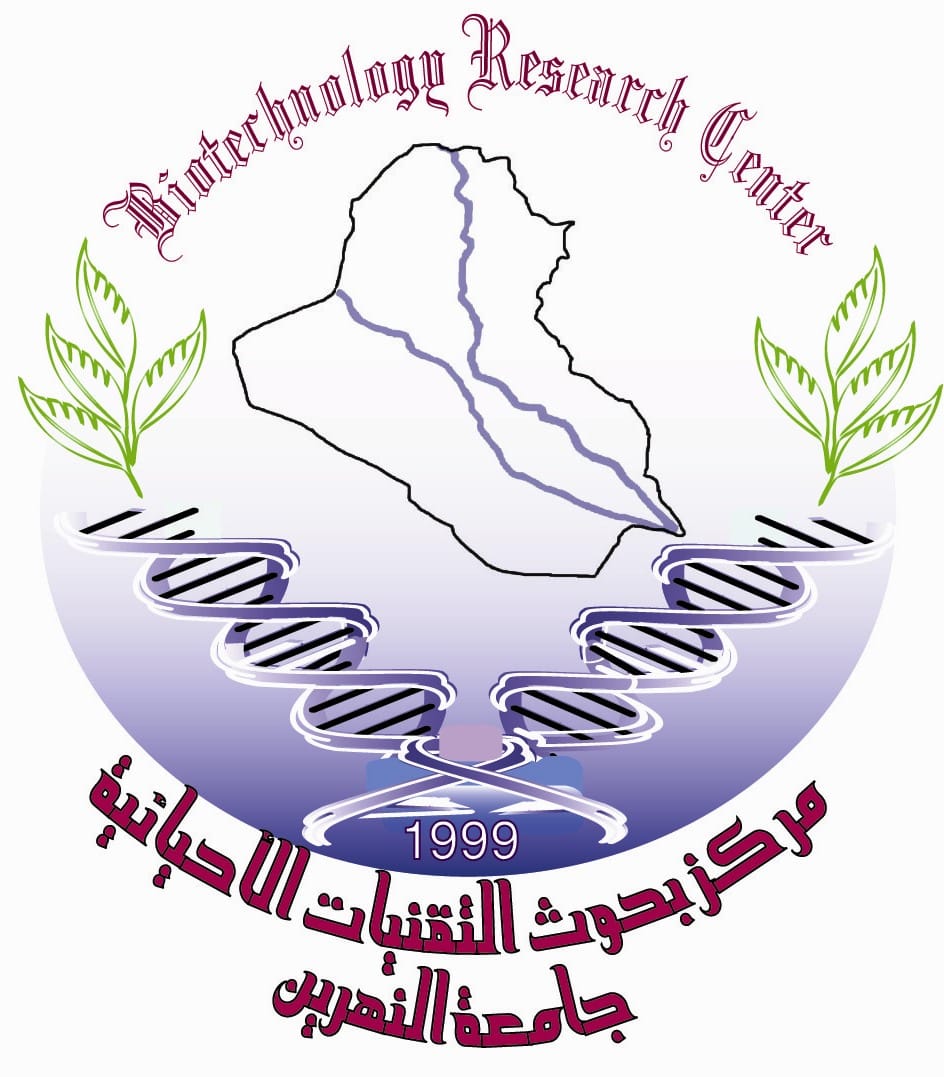Biodegradation and Biosurfactant Production by Agrobacterium tumefaciens Utilizing Weathered Mineral base Oil
DOI:
https://doi.org/10.24126/jobrc.2012.6.1.199Keywords:
Biodegradation, Biosurfactant, diesel oil, surface active propertiesAbstract
ptimum condition of biodegradation and biosurfactant production from spilled weathered base oil by Agrobacterium tumefaciens was studied in batch culture. Results showed that the optimum conditions for biosurfactant production was at pH7, temperature 30°C, incubation period 72h, and addition of weathered oil in a concentration of 3%, which yielded high biosurfactant production reached 6.6 g/l. The results also showed capability of isolate to degrade 70% of initial concentration of weathered oil 3%. Some characteristics and nature of produced biosurfactant was studied, the results showed that the biosurfactant is white to yellow in color, and viscous at room temperature, and needs little heating to be prepared in aqueous solution, insoluble in water and some organic solvents. The results also indicated higher stability of produced biosurfactant at neutral pH, and the stability decreased at pH less than 5 and up to 9, while the best stability of produced biosurfactant was at 30 and 40˚C. The addition of crude biosurfactant in concentration 20mg/l to the production medium lead to stimulate the isolate for uptake of weathered oil and increase biosurfactant production, while the biomass production did not affected significantly.
Downloads
Published
How to Cite
Issue
Section
License
This is an Open Access article distributed under the terms of the creative commons Attribution (CC BY) 4.0 license which permits unrestricted use, distribution, and reproduction in any medium or format, and to alter, transform, or build upon the material, including for commercial use, providing the original author is credited.











